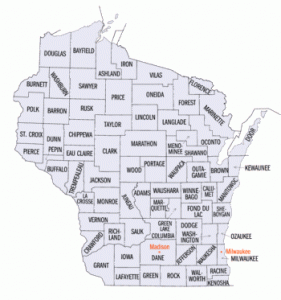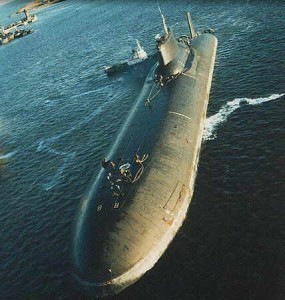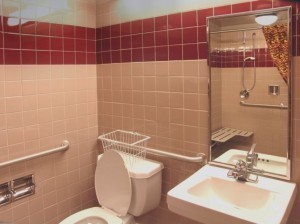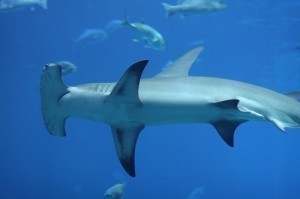How Big Is A Gallbladder
The size of the gallbladder is approximately 8 cm (lengthwise) and 4 cm in diameter. This measurement is for adults’ 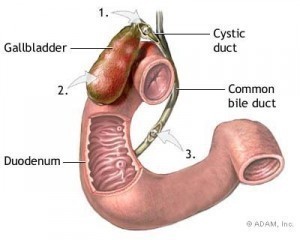 gallbladders and may vary.
gallbladders and may vary.
Function and Role
The gallbladder is an important organ, as it helps the digestion process. It also stores the bile made in the liver. It is divided into three parts (the fundus, the neck and the body). This organ is linked to the cystic duct which joins up with the biliary tree. Together with the hepatic duct, these components form the bile duct.
A normal gallbladder contains about 1.7 ounces (50ml) of bile. This is ejected when fatty food enters the body. This helps the body digest the fatty substances.
Causes of Enlarged Gallbladders
If the size of the gallbladder changes, it is likely to be indicative of health problems. The enlargement or inflammation is due to obstruction of the bile ducts.
One of the symptoms of gallbladder cancer is the enlargement of this organ. But pain experienced in this area doesn’t necessarily mean it is cancer. There are other potential causes.
Gallstones are the most prevalent cause of gallbladder discomfort. The presence of gallstones leads to acute cholecystitis. Over 85% of acute cholecystitis is caused by gallstones (a few instances are due to tumors).
Facts about Acute Cholecystitis
When the illness spreads, the bile is unable to get out. This leads to pain and even perforation of the organ. The pain is usually felt in the right area of the abdomen. More than the abnormal size of the gallbladder, it’s the pain that is indicative of the ailment.
The pain can be sharp and fleeting or dull and throbbing. The pain also spreads to the back and shoulder sections. More serious symptoms are vomiting, jaundice and fever. When these symptoms are felt, it’s imperative you go see the doctor immediately.
Depending on the severity, the remedy may consist of antibiotics or surgery. The latter is usually performed if complications arise. Surgery will be needed if there is gangrene or perforation.
The operation required will depend on the result of the tests. These include ultrasound, CT scan and oral cholecystogram among others. Besides the size of the gallbladder, the doctor will look for signs if other organs have been infected.
Caring for the Gallbladder
There are several preventive measures you can take. Chief among these is eating the right kinds of foods. If you’re experiencing abdominal pain, include vegetables and fish in your diet.
Limit intake of greasy foods. You should also eat in moderation and chew your food slowly. This will help the body digest the food more efficiently.
After eating a heavy meal, walk for a few minutes to help in digestion. Regular exercise will also help. Gallstones and other problems can be avoided if you lessen intake of spicy foods and seasonings.
Finally, have regular medical checkups. Your doctor will be able to tell you if the size of the gallbladder has changed or if there are other problems. Using these steps, you’ll get to avoid these health complications.
